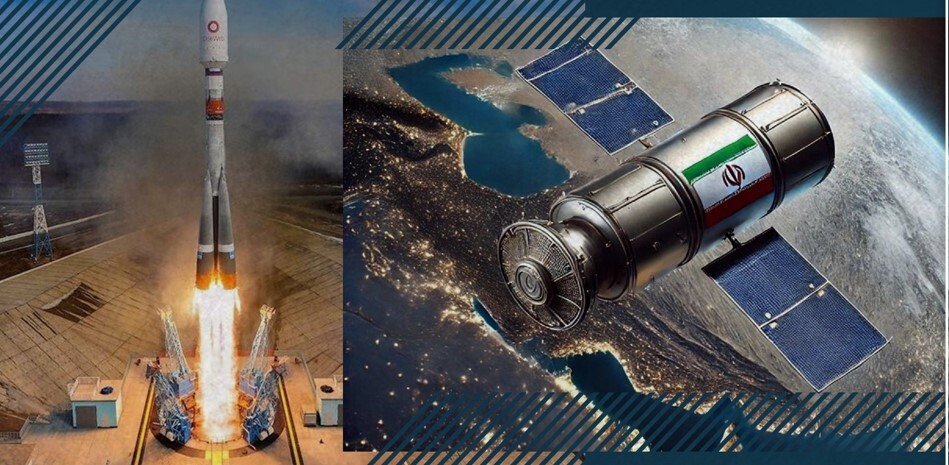The Iranian Space Agency has revealed that three domestically developed satellites—Paya, Zafar, and Kowsar—are scheduled for launch in early winter, marking a significant step forward in the country’s space program. All three satellites are currently in the final stages of preparation, with engineers conducting rigorous tests to ensure they meet operational and safety standards. While the exact launch dates are yet to be officially confirmed, the agency emphasized that the missions are progressing according to plan.
These satellites are the product of collaboration between Iranian engineers and knowledge-based companies, reflecting Iran’s push to strengthen its domestic space capabilities. Each satellite has been designed with specific objectives to serve both civilian and strategic purposes. Paya is expected to focus on environmental monitoring, providing high-resolution data on natural resources, land use, and disaster management. Zafar will support agricultural development, helping monitor crop conditions, soil health, and irrigation needs to improve productivity and sustainability. Kowsar is intended to enhance surveillance and observation capabilities, potentially supporting both governmental planning and research initiatives.
The development of Paya, Zafar, and Kowsar underscores Iran’s broader efforts to advance in space technology, reduce reliance on foreign systems, and create infrastructure that can contribute to scientific research, economic planning, and national security. By investing in satellite technology, Iran aims to improve data collection for critical sectors such as agriculture, environmental management, and urban planning, while also showcasing its growing expertise in aerospace engineering.
Experts highlight that these launches not only strengthen Iran’s domestic technical capabilities but also enhance its position in the region’s space industry. With the successful deployment of these satellites, Iran could further expand its satellite network, enabling real-time monitoring, more efficient resource management, and advanced technological research. The coming months will be crucial as engineers finalize pre-launch checks and prepare for liftoff, which is expected to attract significant attention from both domestic and international observers.
This initiative represents a blend of scientific ambition and practical application, demonstrating how Iran is leveraging homegrown innovation to address national priorities while continuing to develop its strategic space infrastructure.



































